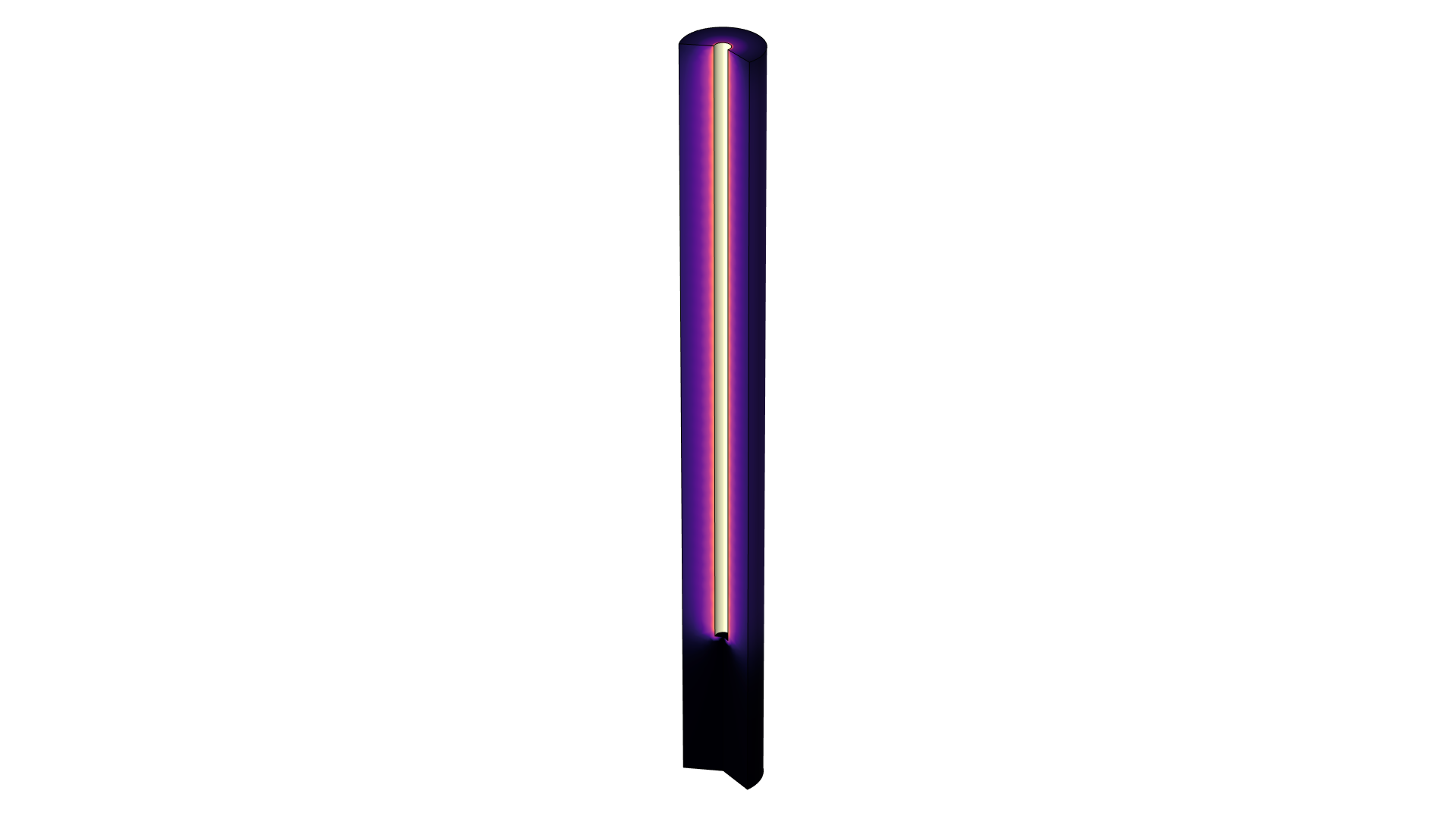support@comsol.com
Heat Transfer Module Updates
For users of the Heat Transfer Module, COMSOL Multiphysics® version 6.1 introduces new modeling tools for spacecraft thermal analyses, a multiphysics coupling for defining a continuity condition between shared or facing surfaces, and new tools for defining surface-to-surface radiation models. Read more about the Heat Transfer Module updates below.
Spacecraft Thermal Analysis
The new Orbital Thermal Loads interface provides ready-made features for modeling radiative loads on a spacecraft, in particular radiation from the Sun and Earth for satellites orbiting around Earth. You can use this feature to include the spacecraft radiative properties, orbit and orientation, orbital maneuvers, and planet properties. The physics interface also computes and generates results that show direct solar radiation, albedo, and planet infrared flux as well as the radiative heat transfer between the different spacecraft parts. When combining this interface with a heat transfer interface, you can account for heat conduction in the solid parts of a spacecraft. You can view this feature in the following new models:
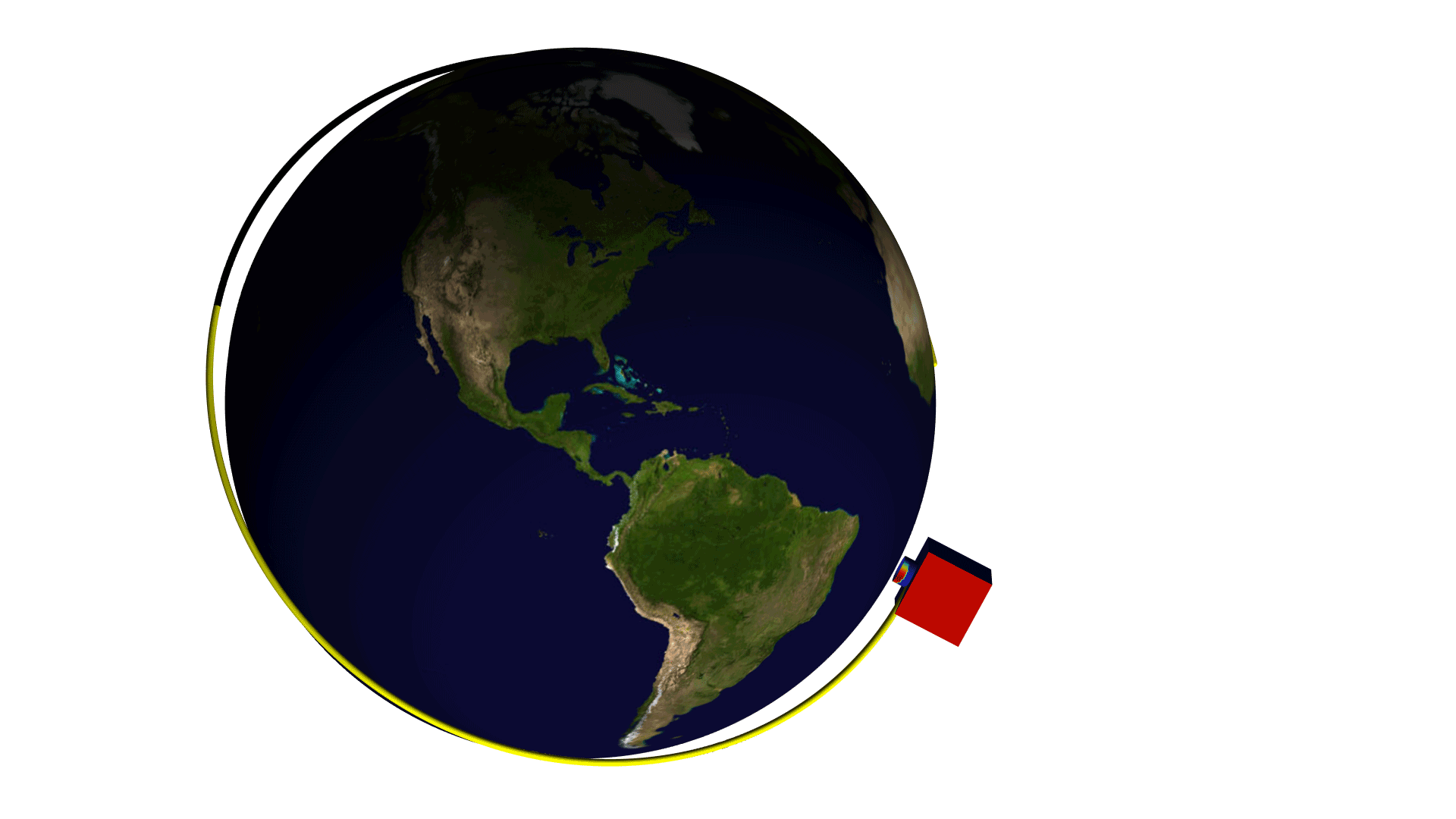
Thermal Connectors Between Shells and Domains
The new Thermal Connection multiphysics couplings are designed to define a continuity condition between two temperature fields, computed by a domain heat transfer interface and a Heat Transfer in Shells interface, respectively. The condition can be set on a boundary shared by the two interfaces or on two boundaries facing each other. The connector can be used for shells that are in contact through an edge, a boundary shared with the domain interface, or a boundary that is facing another boundary from the domain interface. This multiphysics coupling greatly simplifies the use of combined domain and shell interfaces in models. View this feature in the existing Disk-Stack Heat Sink model and the following new tutorial models:
- thermal_connection_by_edges
- thermal_connection_by_facing_boundary
- thermal_connection_by_shared\boundaries
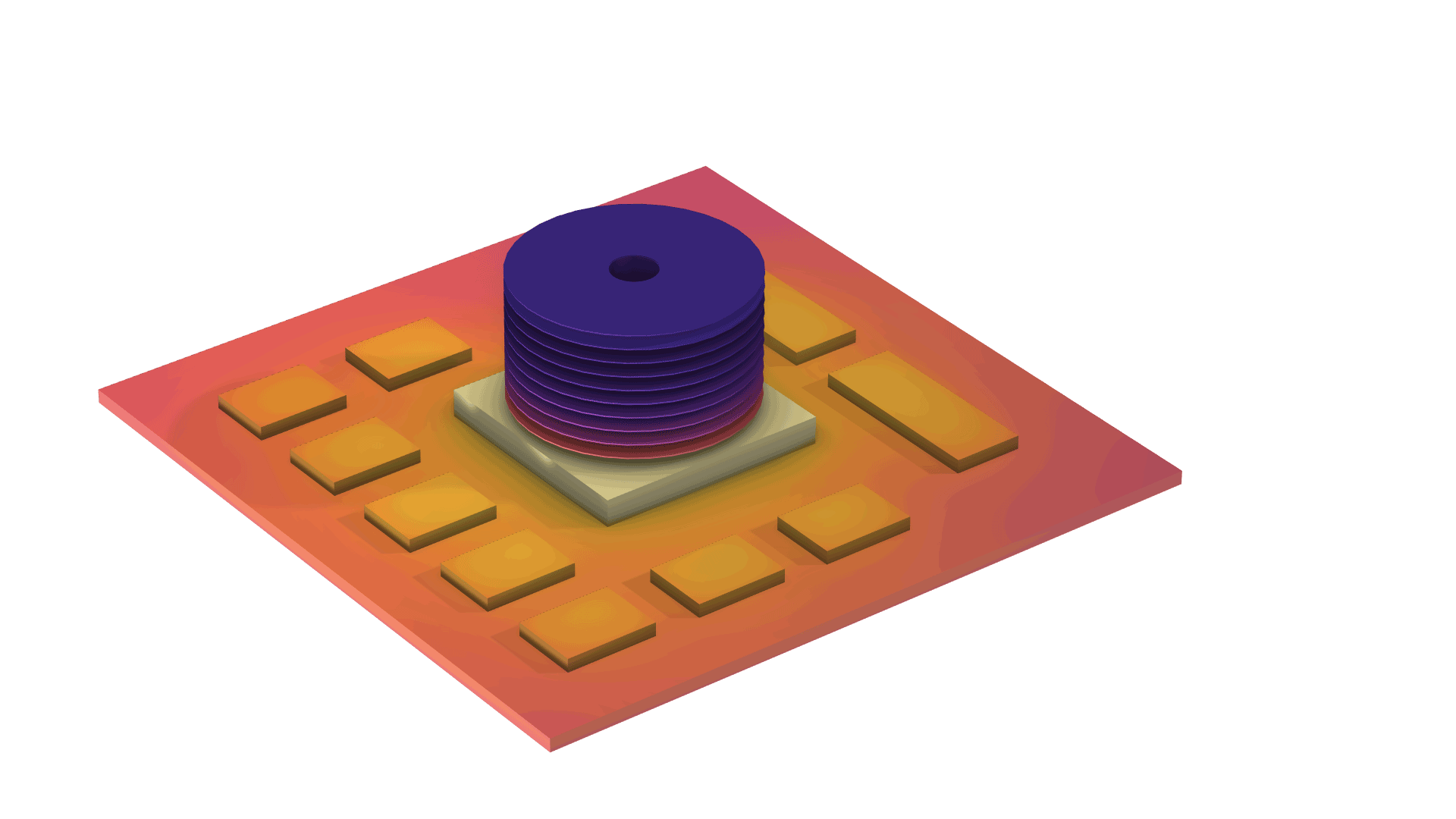
Verification Tools for Surface-to-Surface Radiation Models
There are new tools available to assist with defining surface-to-surface radiation models. During the model setup, the emitted radiation direction is now represented in the Graphics window with a symbol for the Opacity controlled option and gray surface models. A warning symbol is displayed in the case of unexpected configuration. Furthermore, during the view factor evaluation, an optional verification is available to detect inconsistent topology. These tools greatly reduce the risk of erroneous definition of models, especially for large and complex geometrical configurations. View these updates in the new Topology Verification for Surface-to-Surface Radiation model and these existing models:
- cavity_radiation
- chip_cooling
- heat_sink_surface_radiation
- inline_induction_heater
- light_bulb
- parallel_plates_diffuse_specular_ray_shooting
- parasol
- potcore_inductor
- thermal_annealing
- tpv_cell
- view_factor
- petzval_lens_stop_analysis_with_surface_-_to_-_surface_radiation
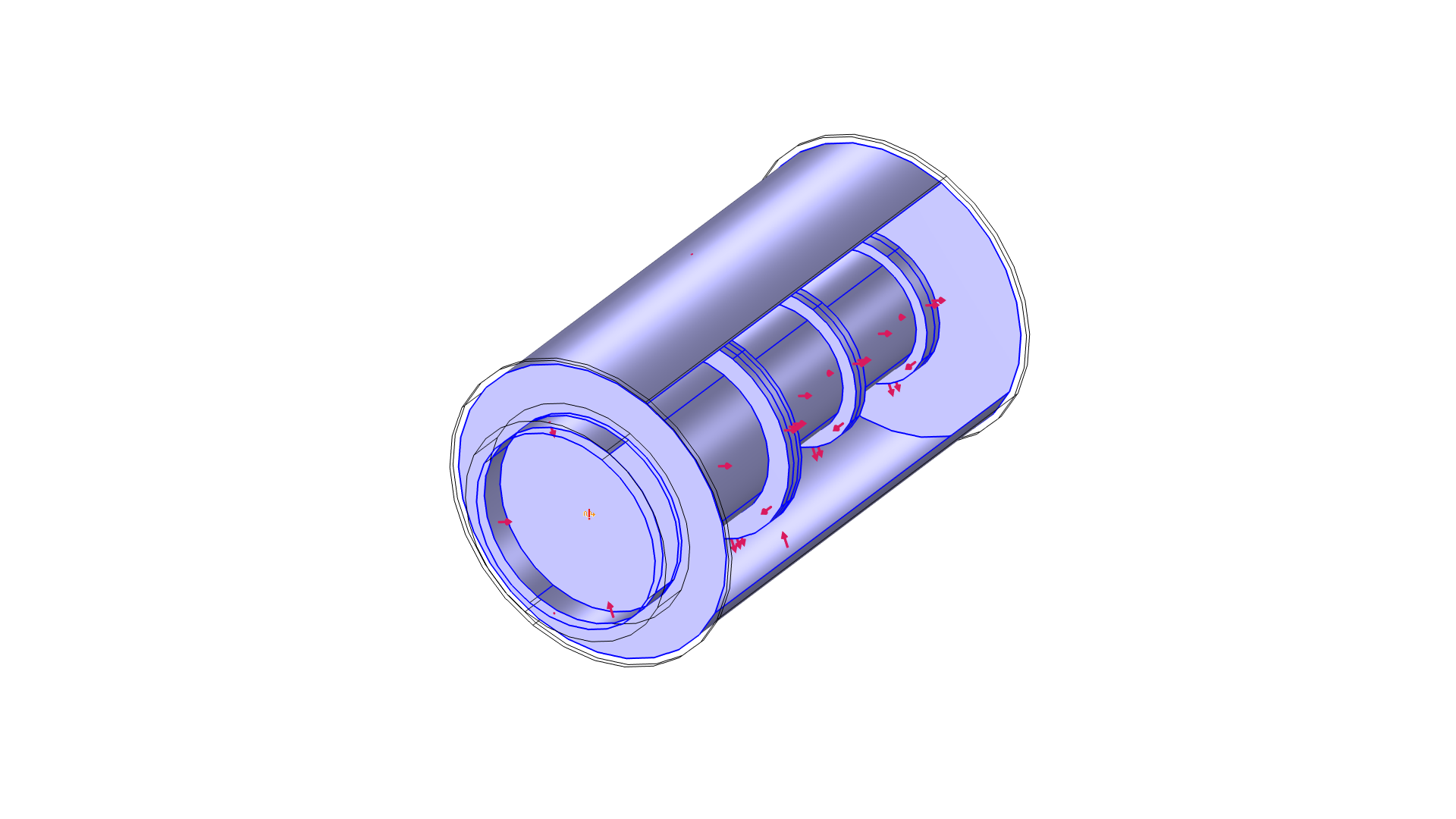
Surface-to-Surface Radiation Improvements
The ray-shooting method has been improved so that small surfaces are detected even when a coarse resolution is used for the view factor evaluation. Combined with the resolution adaptation, this improves the view factor accuracy with an optimal number of rays. In addition, for all view factor computation methods, expressions used to define variables and equations are now preprocessed so that their readability is facilitated and their evaluation is much faster during the assembly step. The following models showcase these new improvements:
- cavity_radiation
- chip_cooling
- heat_sink_surface_radiation
- inline_induction_heater
- light_bulb
- parallel_plates_diffuse_specular_ray_shooting
- parasol
- potcore_inductor
- thermal_annealing
- tpv_cell
- view_factor
- petzval_lens_stop_analysis_with_surface_-_to_-_surface_radiation
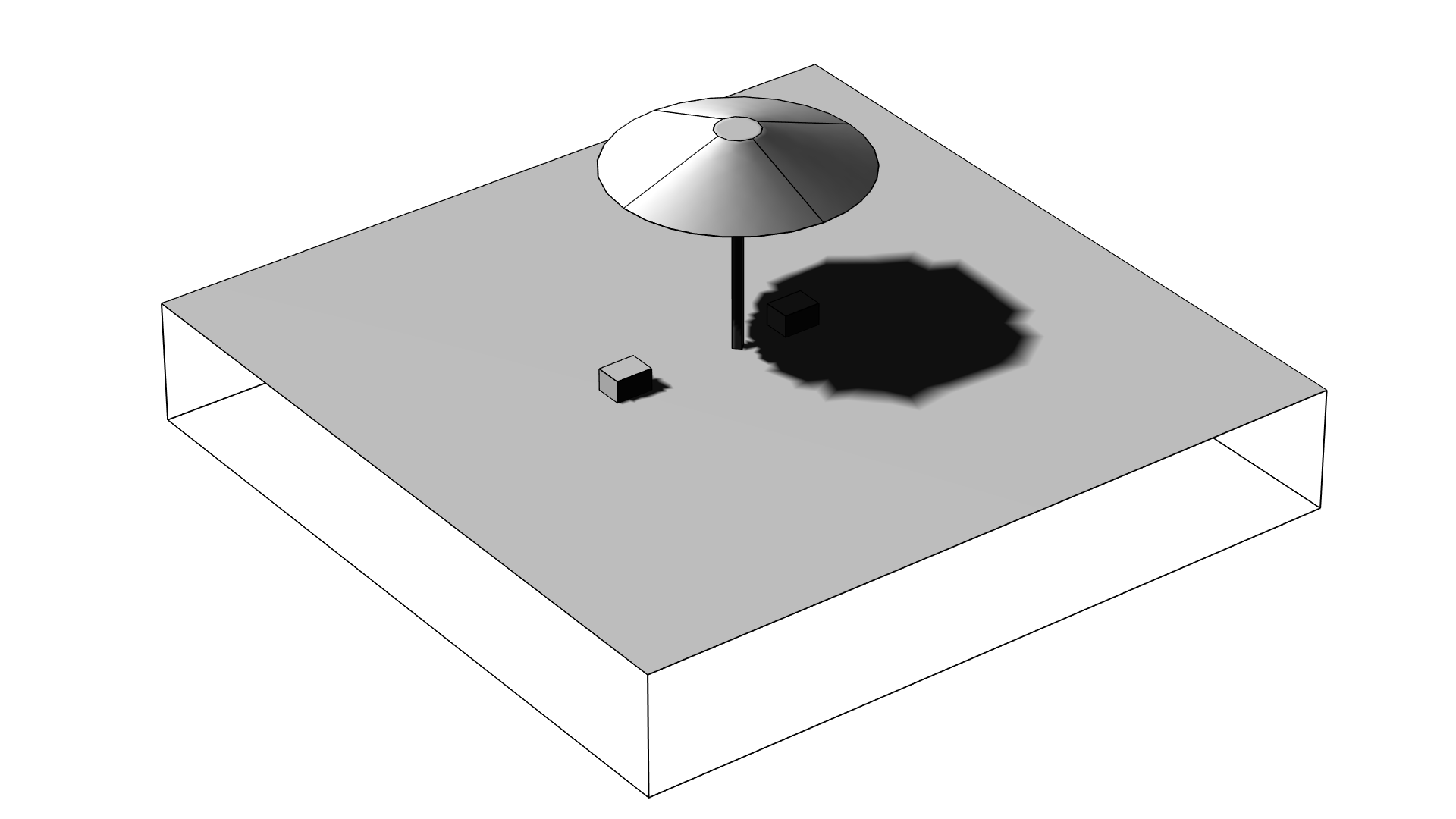
Fluence Rate
In the Surface-to-Surface Radiation interface, it is now possible to add a Fluence Rate Calculation node in order to select the domains where the fluence rate has to be computed. The fluence rate indicates the exposure to radiation if a small object is placed in a cavity. This is useful when you want to, for example, check the UV exposure in a water purification reactor. You can view this new feature in the Annular Ultraviolet Reactor, Transparent Water model.
Climate Data: ASHRAE 2021
Ambient properties, such as temperature, humidity, precipitation, and solar radiation, can be defined from an Ambient Properties node under Definitions > Shared Properties. Along with the possibility of adding user-defined meteorological data, ambient variables can be computed from monthly and hourly averaged measurements from values in handbooks provided by the American Society of Heating, Refrigerating, and Air-Conditioning Engineers (ASHRAE). The meteorological data from the ASHRAE 2021 handbook has been integrated into COMSOL Multiphysics® and contains ambient data from more than 8500 weather stations around the world.
You can view this new feature in the following existing models:
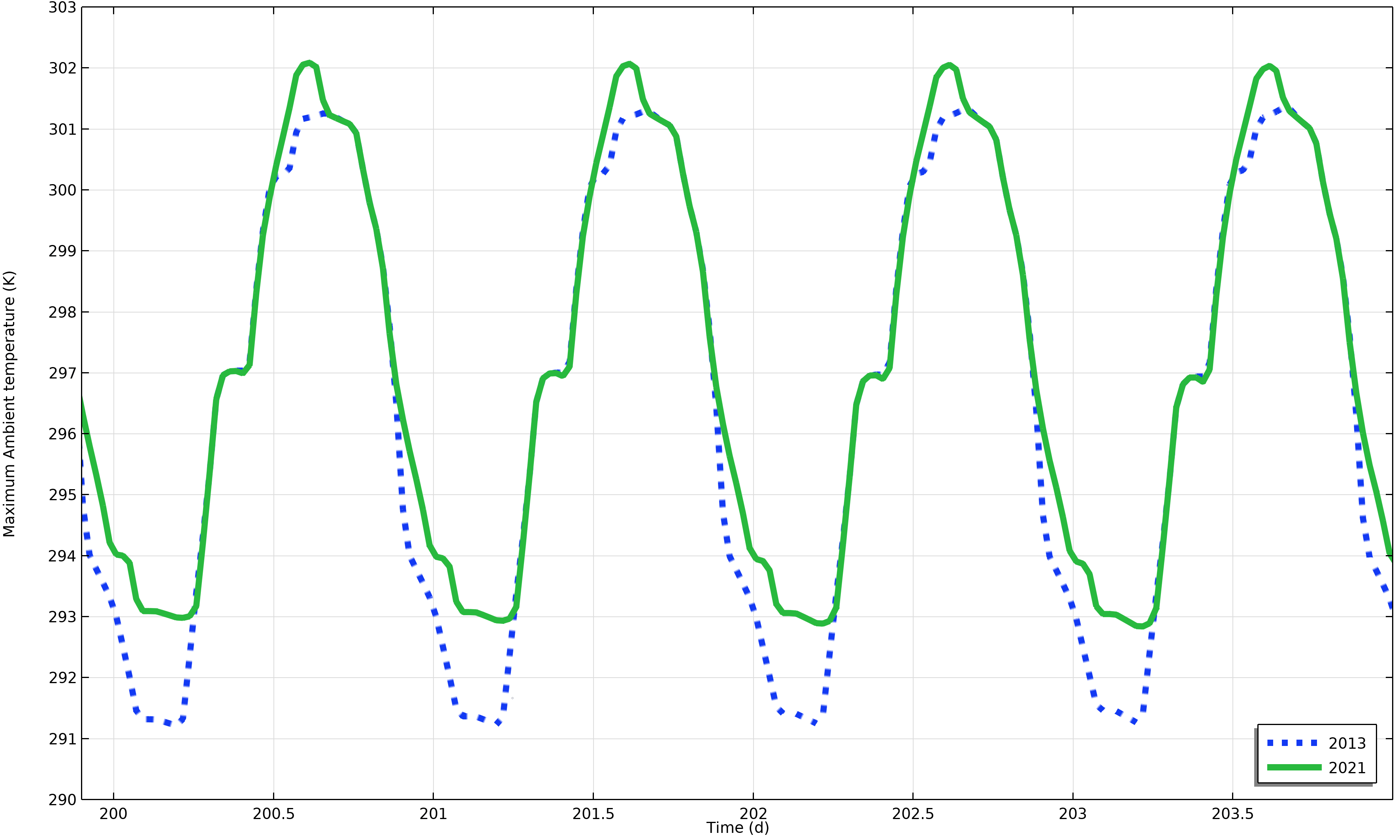
Enhanced Thermal Wall Functions for Viscous Dissipation
In the Nonisothermal Flow coupling under its Heat Transfer Turbulence settings, a new Thermal wall function setting is available for Reynolds-averaged Navier–Stokes (RANS) turbulence models. There are two options available: Standard, which is suitable for most configurations, and High viscous dissipation at wall, which accounts for viscous dissipation in the boundary layer. This is needed for accurate results in the case of fast internal flow, especially for narrow paths or if the fluid is very viscous. The new Zero Pressure Gradient 2D Flat Plate model highlights this new feature.

U_inf), and the cyan curves indicate the velocity profile at x = 0.97 m and x = 1.9 m.
User-Defined Phase Transition Function for Phase Change Material
In the Phase Change Material feature, a User-defined phase transition function is available that enables more accurate description of material properties. This option makes it possible to use accurate phase change descriptions from measured or material databases. View this update in the new Phase Change in a Semi-Infinite Soil Column - Lunardini Solution model and the following existing models:
- continuous_casting_apparent_heat_capacity
- cooling_solidification_metal
- frozen_inclusion
- isothermal_box
- phase_change
Additional Features for Moisture Transport in Hygroscopic Porous Media
To simplify model definitions, the Moisture Flow multiphysics coupling has been updated so that the evaporation rate variable computed by the Moisture Transport interface is accounted for in the mass balance computed by the Brinkman Equations interface. In addition, the Open Boundary and Inflow boundary conditions can now be applied to exterior boundaries adjacent to domains where the Hygroscopic Porous Medium is active.
New Tutorial Models
COMSOL Multiphysics® 6.1 brings several new tutorial models to the Heat Transfer Module.
Orbit Calculation
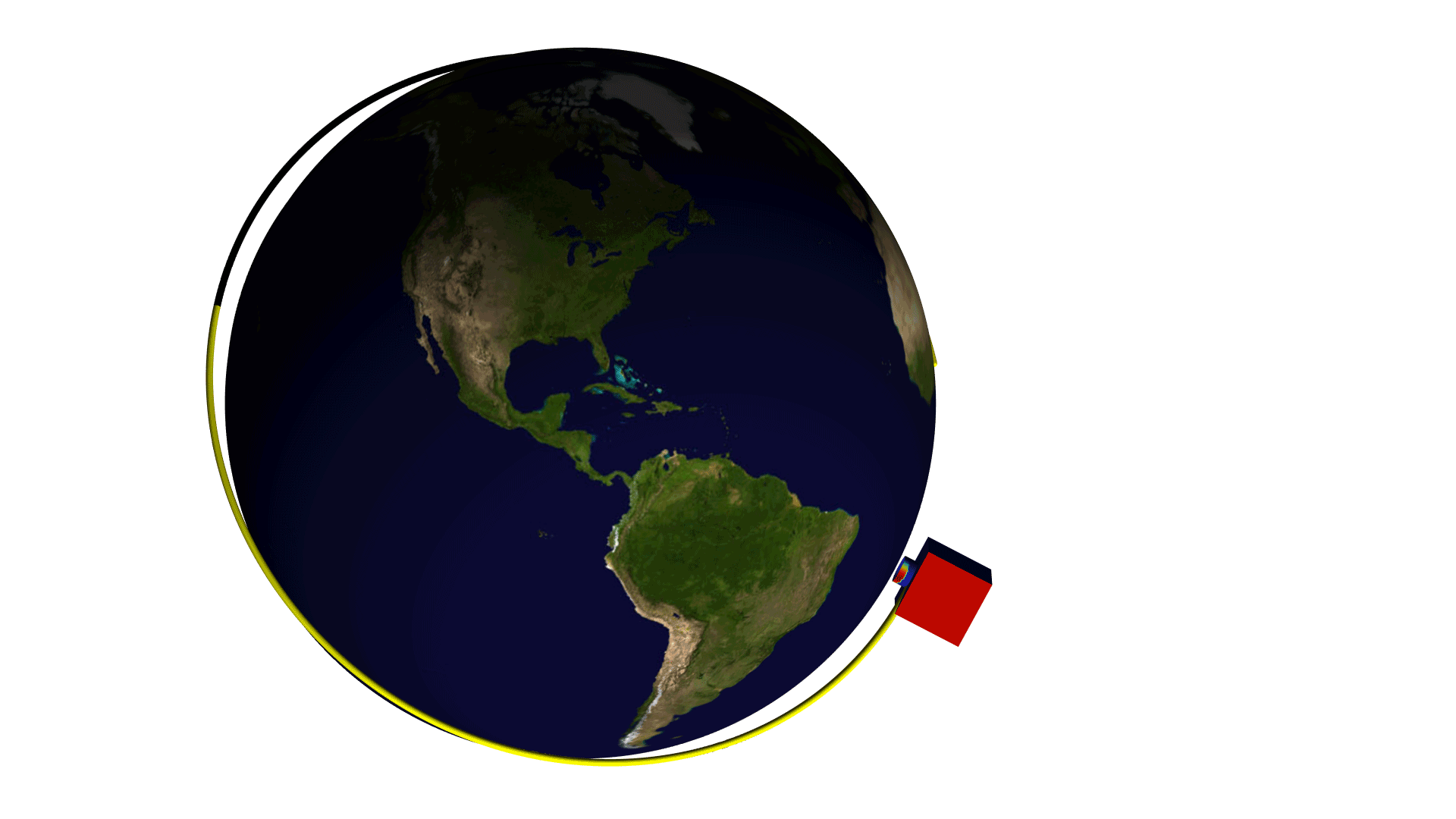
Application Library Title:
orbit_calculation
Download from the Application Gallery
Orbit Thermal Loads

Application Library Title:
orbit_thermal_ loads
Download from the Application Gallery
Spacecraft Thermal Analysis

Application Library Title:
spacecraft_thermal_analysis
Download from the Application Gallery
Plate-Fin Heat Exchanger

Application Library Title:
plate_fin_heat_exchanger
Download from the Application Gallery
Zero Pressure Gradient 2D Flat Plate

Application Library Title:
zero_pressure_gradient_2d_flat_plate
Download from the Application Gallery
Annular Ultraviolet Reactor, Optically Transparent Water
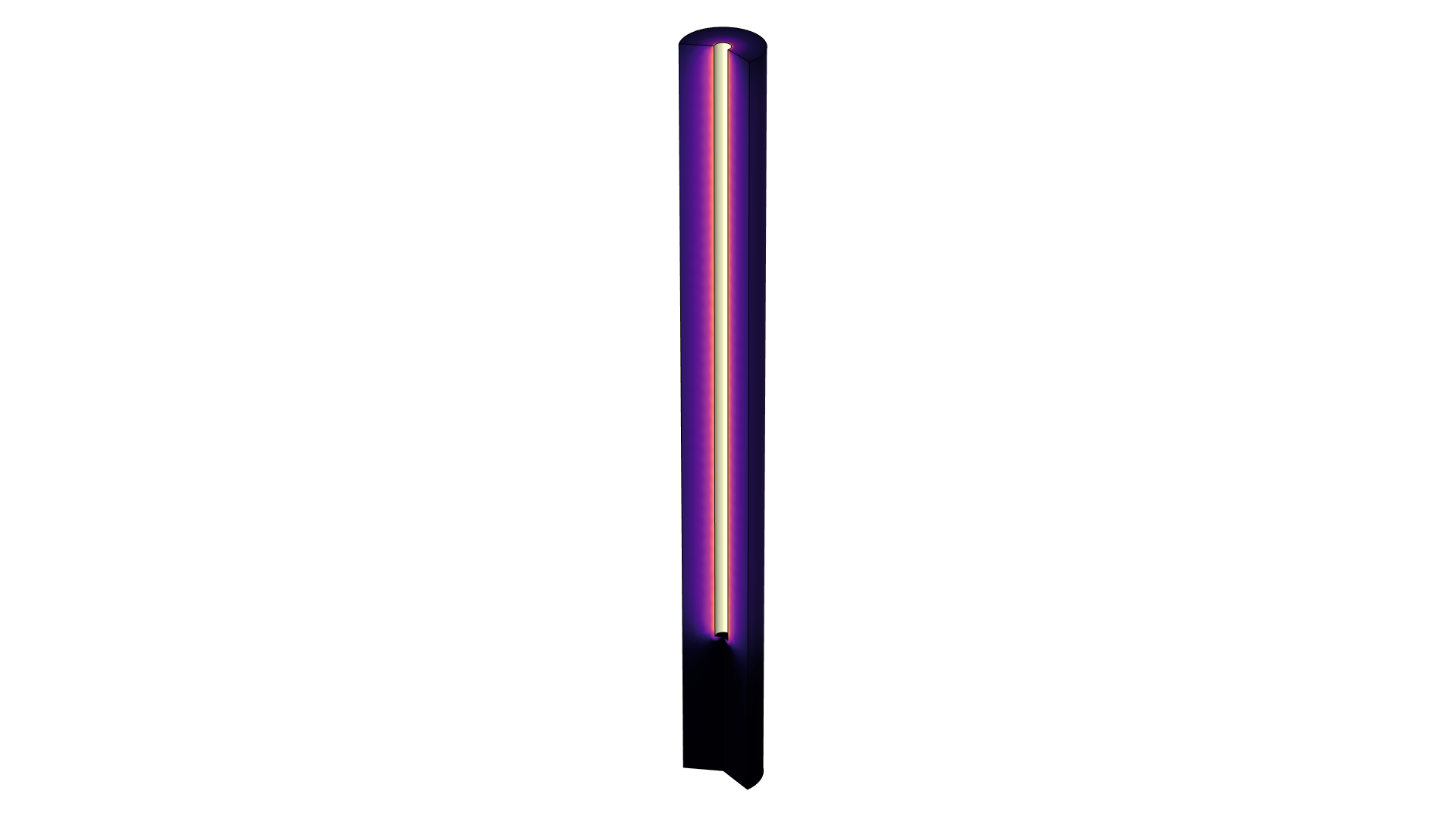
Application Library Title:
annular_ultraviolet_reactor_optically_transparent_water
Download from the Application Gallery
Thermal Connector Tutorial Models

Application Library Titles:
thermal_connection_edges
Download from the Application Gallery
thermal_connection_facing_boundary
Download from the Application Gallery
thermal_connection_shared_boundaries
Download from the Application Gallery
Topology Verification for Surface-to-Surface Radiation
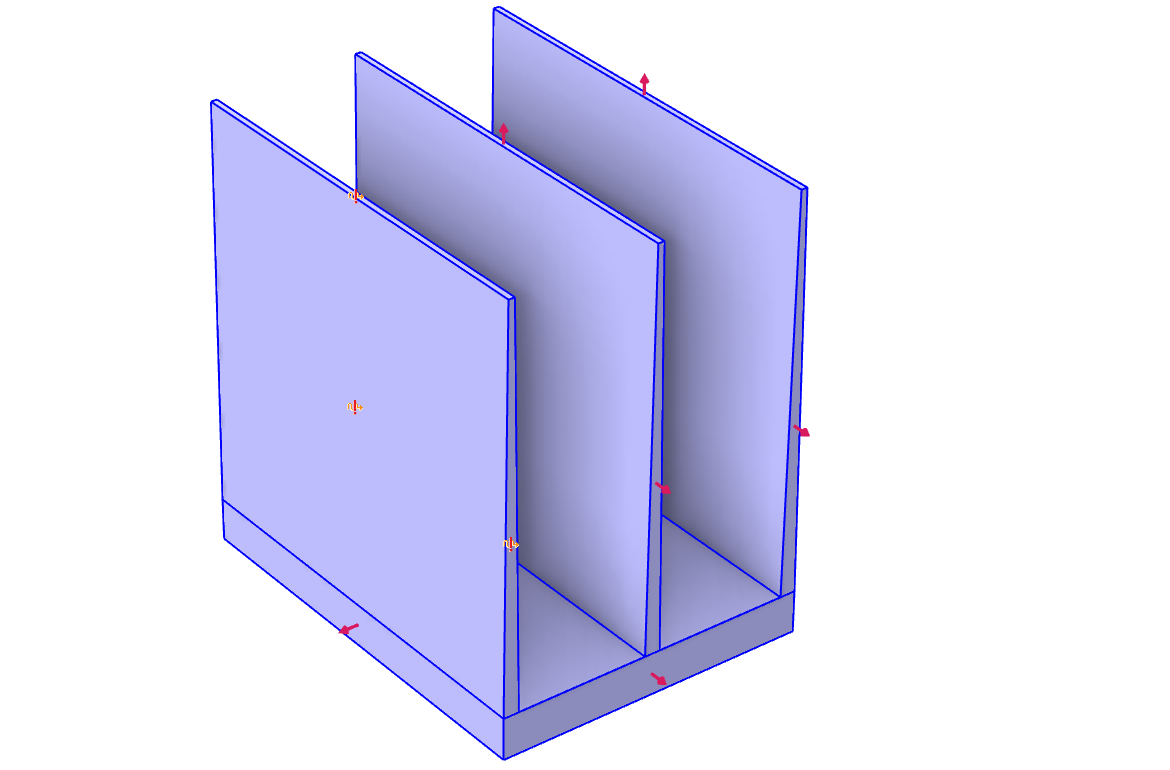
Application Library Title:
topology_verification_nonradiating
Download from the Application Gallery

